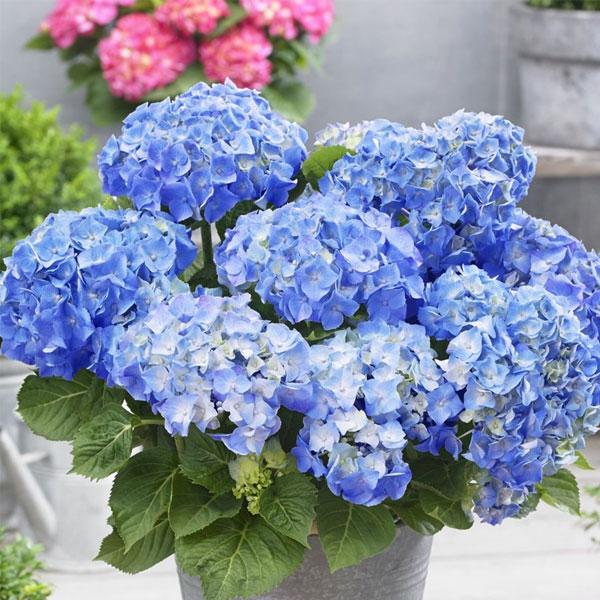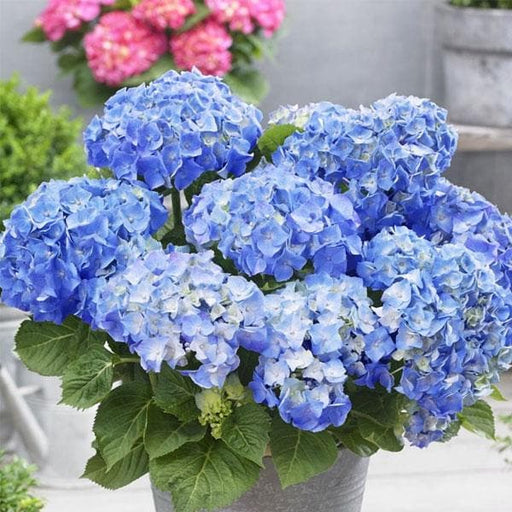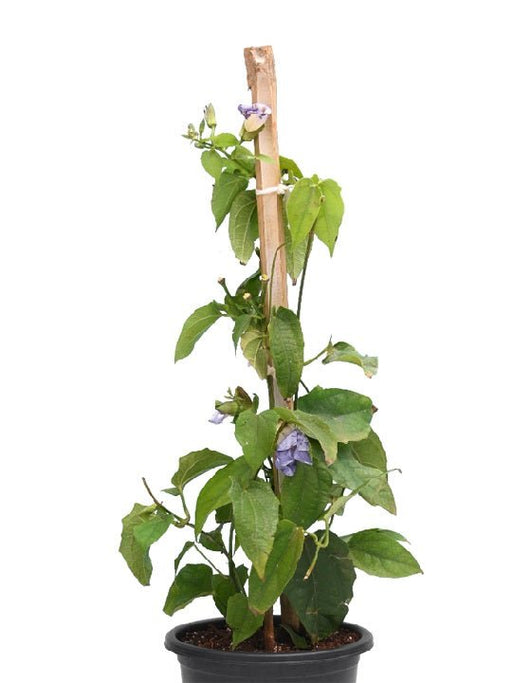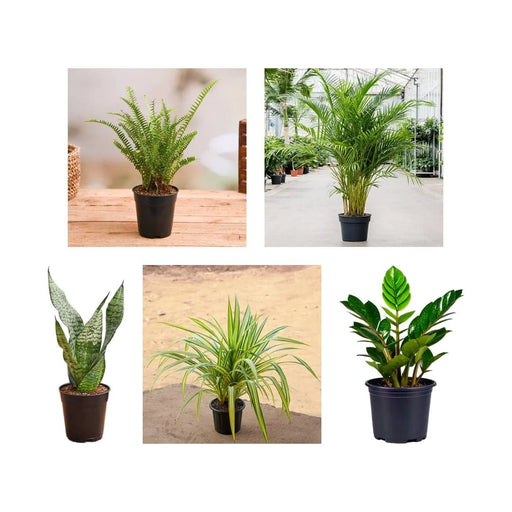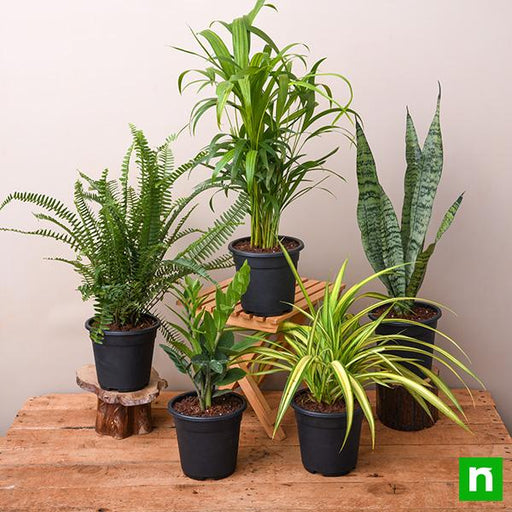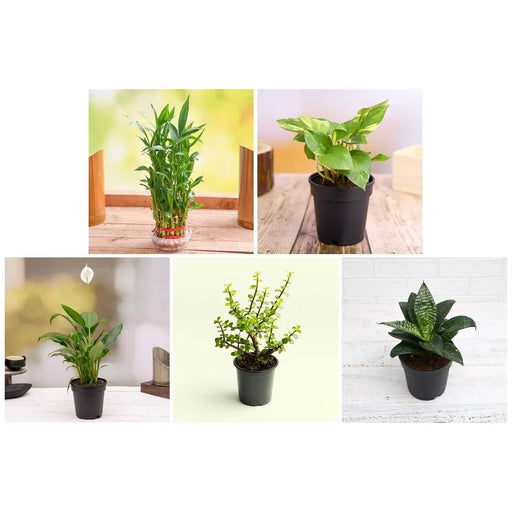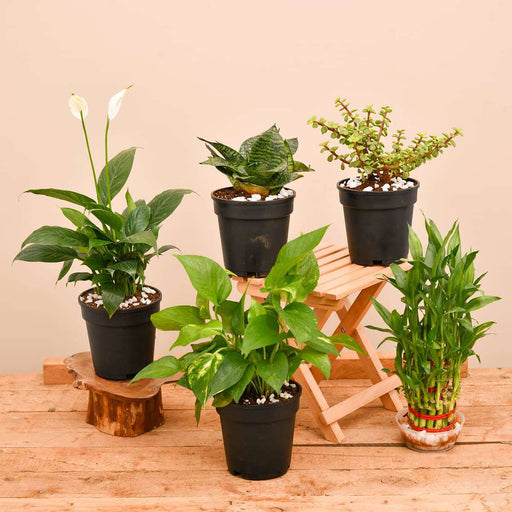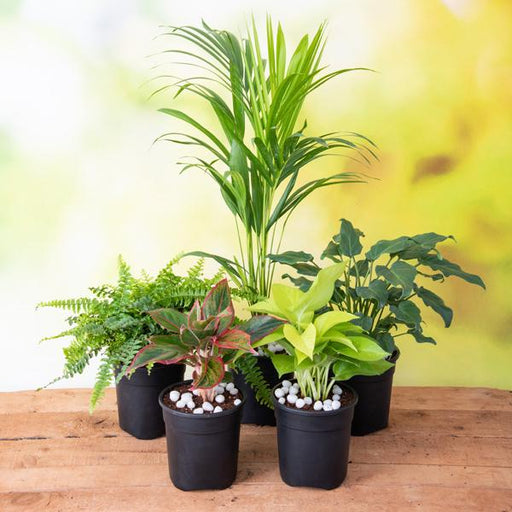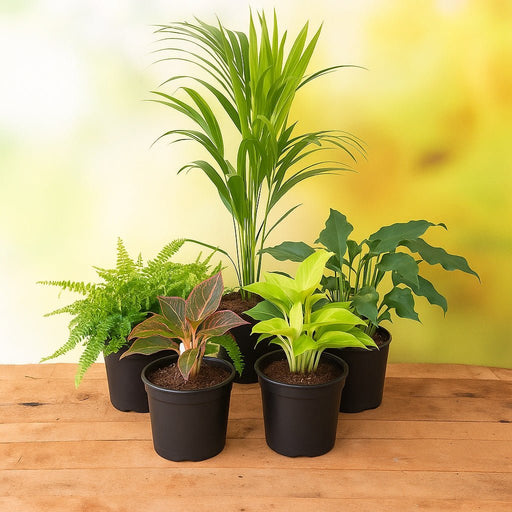Blue Flower Plants Morning Glory
A true morning diva, this fast-growing climber unfurls its trumpet-shaped blue blooms at sunrise and closes them by sunset. Perfect for fences and trellises, it adds a touch of sky-blue charm to any garden. With minimal care, it climbs high, making it a favorite for effortless beauty.
Blue Flower Plants Hydrangea
A drama queen of the plant world, hydrangeas change their shade of blue based on soil acidity. These giant pom-pom blooms bring a fairytale touch to gardens and brighten up any landscape. Just tweak the soil pH, and watch them transform from pink to mesmerizing shades of blue.
Blue Flower Plants Bluebells
These woodland wonders carpet forests and gardens in breathtaking waves of blue every spring. They symbolize everlasting love and bring a whimsical, fairy-tale charm wherever they bloom. If you want a low-maintenance floral display, bluebells are your effortless, self-seeding companions.
Blue Flower Plants Delphinium
Towering elegance at its finest, delphiniums stand tall with their vibrant blue spikes. These regal bloomers attract butterflies and hummingbirds, turning your garden into a pollinator’s paradise. With their statuesque form, they’re the perfect backdrop for any flower bed.
Blue Flower Plants Forget-Me-Not
Tiny but mighty, these dainty blue flowers symbolize remembrance and loyalty. Spreading effortlessly, they create a dreamy, meadow-like effect in gardens. With their low-maintenance nature, forget-me-nots ensure your garden stays effortlessly charming year after year.
Blue Flower Plants Cornflower
Also known as the bachelor’s button, this wildflower’s striking blue petals add a rustic touch to gardens. Loved by pollinators and herbalists alike, it’s used in teas, skincare, and as a natural dye. Low-maintenance and full of charm, cornflowers thrive with little effort.
Blue Flower Plants Lobelia
A trailing beauty that spills over pots and hanging baskets, lobelia’s deep blue blooms create a waterfall effect. It thrives in both sun and shade, making it a versatile choice for borders and window boxes. With its delicate charm, it adds instant elegance to any space.
Blue Flower Plants Blue Veronica
This spiky beauty adds structure and sophistication with its vertical blue blooms. A favorite among bees and butterflies, it’s a pollinator-friendly plant that looks great in borders and wildflower gardens. With a long blooming season, it keeps your garden colorful for months.
Blue Flower Plants Plumbago
This evergreen shrub dazzles with sky-blue clusters, bringing a tropical feel to gardens. A fast grower, it thrives in warm climates and works well as ground cover or a climbing plant. If you want a continuous burst of blue, plumbago won’t disappoint.
Blue Flower Plants Himalayan Blue Poppy
The rare gem of the floral world, this elusive blue poppy is a sight to behold. Its delicate, paper-thin petals and sky-blue hue make it a collector’s dream. Though tricky to grow, its ethereal beauty makes the effort worthwhile.
Blue Flower Plants Chicory
More than just a coffee substitute, chicory’s wild blue blooms bring a cottage-garden vibe. Found along roadsides and open fields, it’s a tough, drought-resistant bloomer that thrives in poor soil. If you love effortless beauty with a touch of utility, chicory is your go-to.
Blue Flower Plants Salvia Blue
Known for its electric blue spikes, salvia is a magnet for bees, butterflies, and hummingbirds. With a long bloom season and drought resistance, it’s a fuss-free addition to any landscape. Plant it for a pop of blue that keeps pollinators buzzing with joy.

